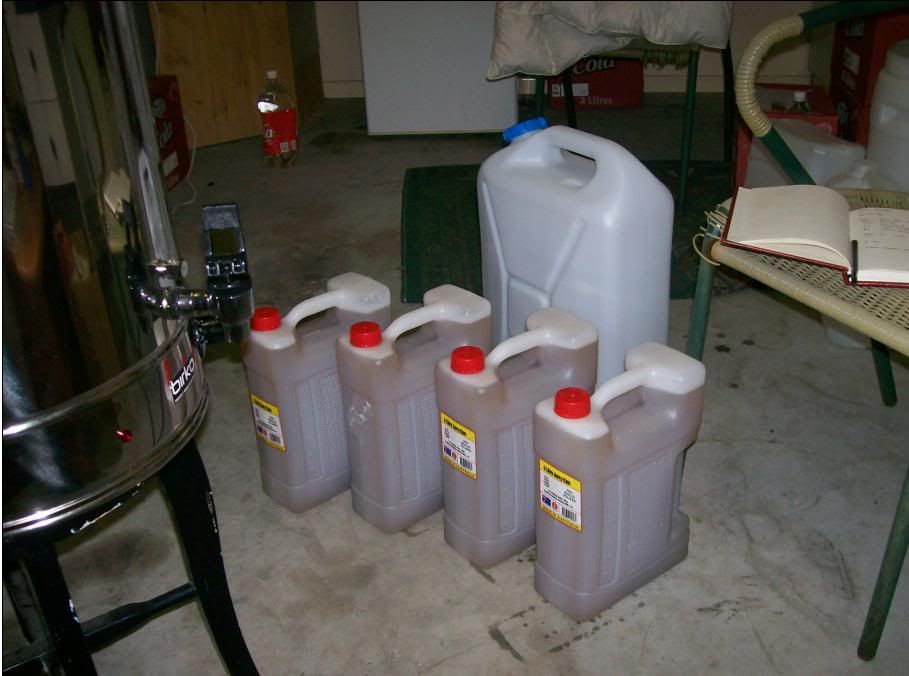Good day to you Joshua as well:),
Glad to hear you are loving BIAB and no-chill and thanks for providing the link above - I just had a look.
I'm someone who is considering no-chilling. I have done a few overnight no-chills in the kettle when inebriation or inconvenience has set in to an extreme

and can't see any worries with it. In fact, as I hate having taps on kettles, when wizard makes his stainless steel auto-syphon, I intend to use this method a lot more often.
The hopping question concerned me for a while and I am wondering if the table you kindly linked above might make no-chilling more complicated than it really is?
There are two reasons I ask this...
1. I have a good mate in Queensland, Australia, whose beers I drank many a time before no-chill came out. I rang him and asked him how I should change the hopping schedule of a recipe and he said, "Don't." He said he hadn't noticed any difference and he is regarded as a very good brewer. He brews pretty hoppy beers but his reply did give me more confidence in the method. (I must say the table linked above scares me a bit

)
2. I also went to a talk by the head brewer from the, "Little Creatures," brewery here in Western Australia who brew a very popular pale ale. (
This recipe is a slightly softer version of this beer.) It was a truly great talk and this guy (from America actually) was hugely enthusiastic about hops. He basically said, "Throw the brewing science and statistics out the window," He gave examples of how none of it really makes sense. (We all ended up actually agreeing with him

.)
His main message was that every hop has a personality and that you just have to know how to treat it. Any batch of LCPA (Little Creatures Pale Ale) uses varying quantities of different varieties of hops of different ages and he still manages to get them very close! (Without using 'synthetic' adjustments.)
He obviously has a 'knack' of knowing which hops at what quantities and for how long he should use at varying stages of the boil, or hopback or maybe even dry-hop (I can't remember.)
If you heard him talk, you would have seen this totally enthusiastic brewer who was desperate to teach us the truly amazing world of hopping. This is the thing I remember most and I'll never forget that talk.
I also found it depressing because I am not an artist. His message was to, "get to know each batch and variety of hops, play around with them and get to know how they 'want' to be treated." He actually pretty much said that any hop will do what you want it to do once you 'know' it. He even brought along four varieties of hops they were currently using in LCPA whereas we thought it was all done with one or maybe two.
The above was not very definitive for a non-artist like me

but, funnily enough, it was actually very encouraging in the fact that I now no longer believe the "figures" I read on hops. I no longer take them as gospel. I now trust what I taste more than what I
expect to taste.
Excuse this long post Joshua. Too often I use the forum environment as more of a, "Notes to Self," facility!
Hope something above resonates with someone.

PP
If you have found
the above or anything else of value on BIABrewer.info, consider supporting us by
getting some BIPs!